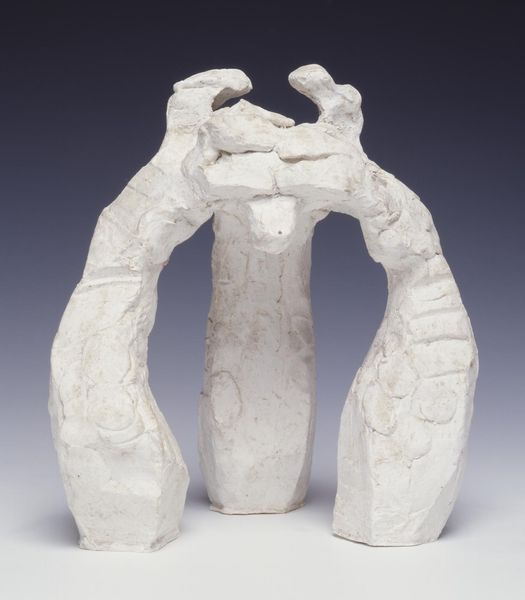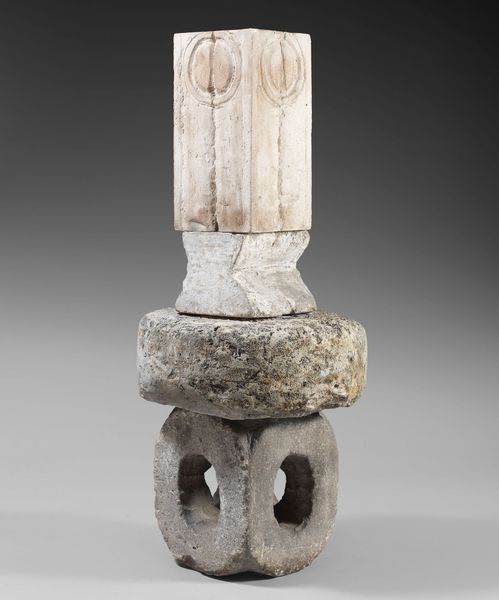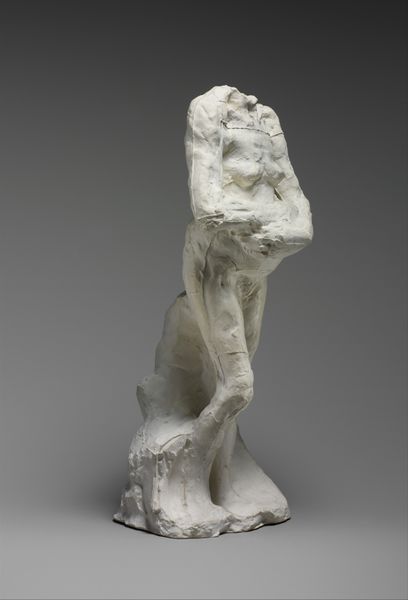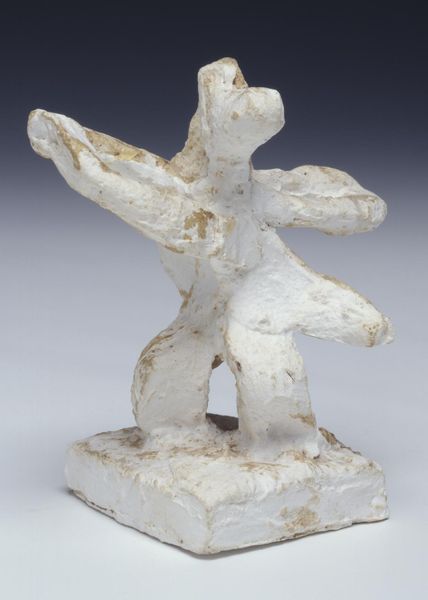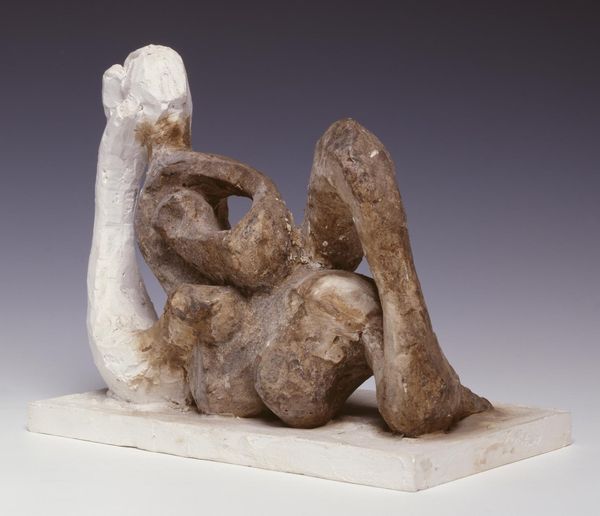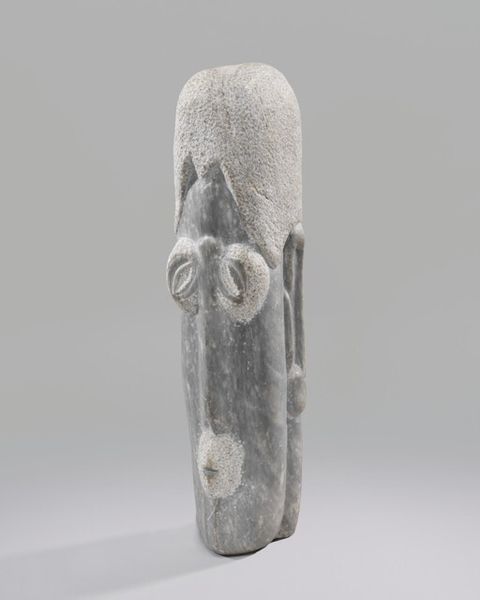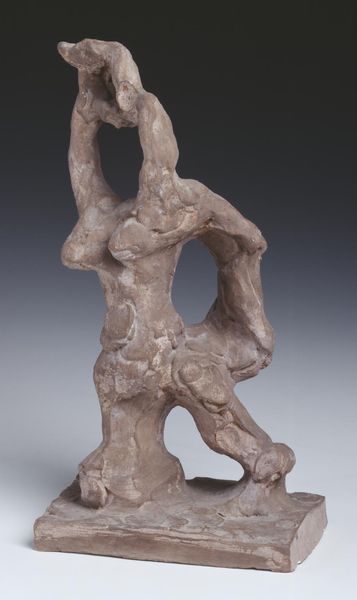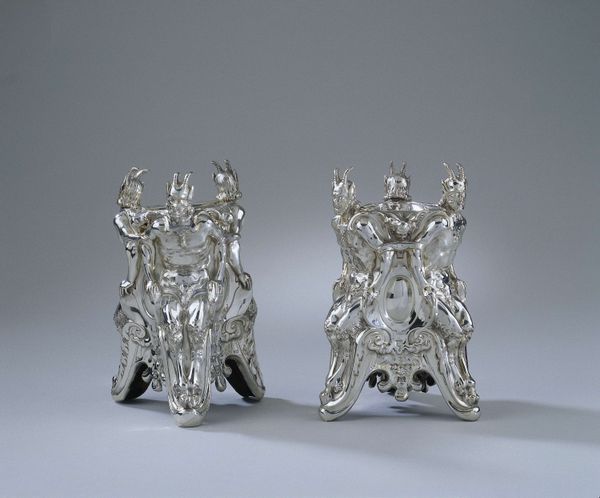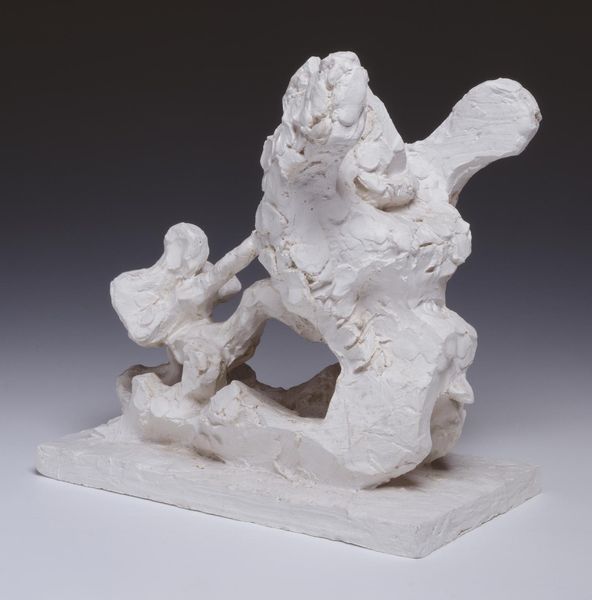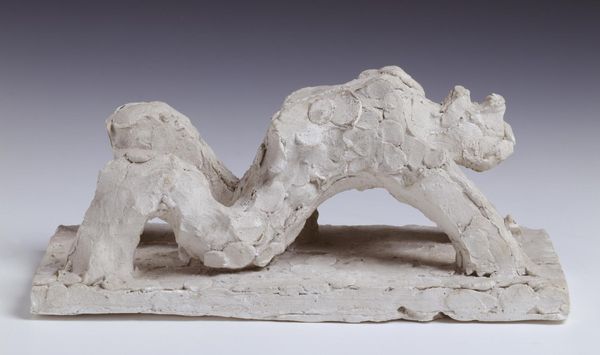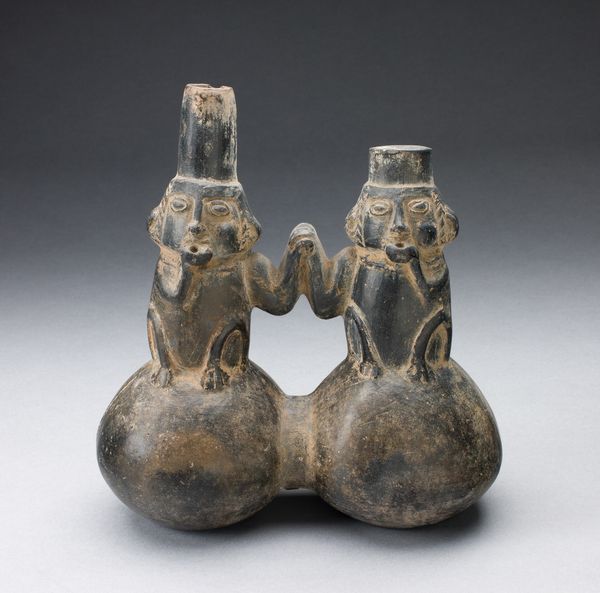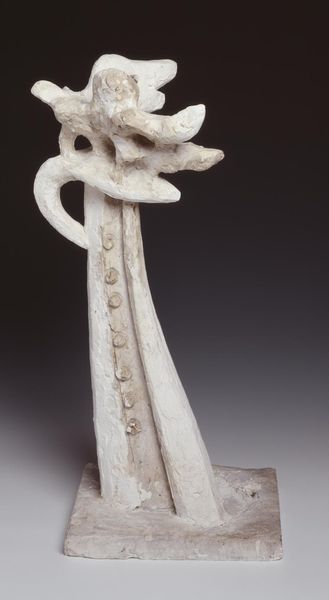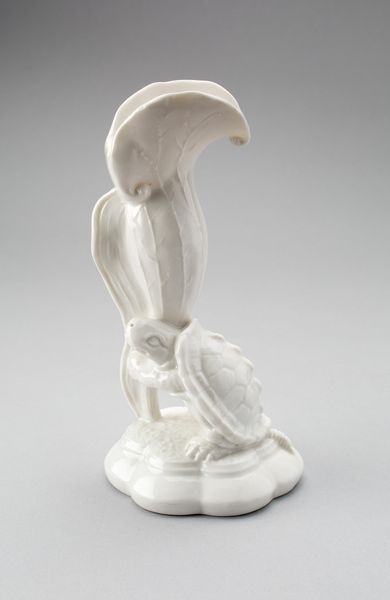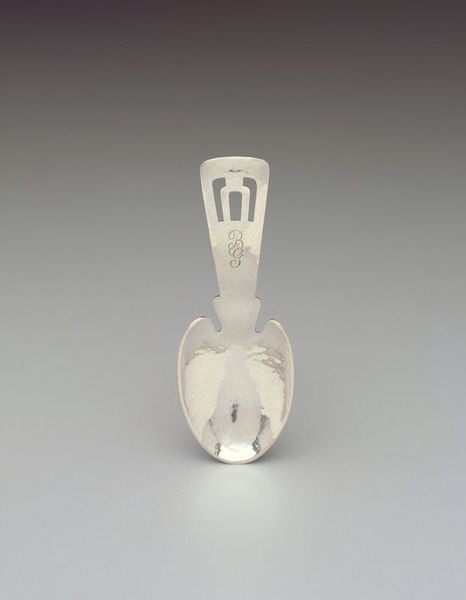
sculpture, plaster
#
portrait
#
stone
#
sculpture
#
figuration
#
sculpture
#
plaster
Copyright: Anton Prinner,Fair Use
Curator: This is Anton Prinner’s sculpture, "Standing Woman with Joined Hands." It's a plaster sculpture showing the mold of a female figure. What strikes you first about this piece? Editor: Immediately, it's the unfinished quality, the raw material exposed. It feels vulnerable, almost like seeing the skeletal structure beneath a refined exterior. Curator: That's a sharp observation. We often see finished bronzes or carved stones in galleries. Seeing the plaster mold offers us a unique glimpse into Prinner’s artistic process and the broader socio-economic context of producing sculptures and the multiple stages involved in the sculptural making process. Editor: Exactly! Plaster is such an interesting material – inexpensive and easily manipulated but fragile. It makes you think about the labor involved in creating a lasting image, and the kind of value that gets assigned to different stages in the making of a sculpture. Curator: Indeed. And Prinner's own story is relevant here. As a modernist artist working across various social and political climates, his figuration speaks to broader themes of humanity across the historical backdrop of early to mid 20th-century Europe. How do you read this representation? Editor: I see a deliberate rawness, emphasizing the physicality of the body. It prompts a re-evaluation of artistic skills by displaying something that many art institutions try to hide, rather than the flawlessly rendered sculpture it would become. Curator: It is an invitation to consider the political and aesthetic value that "finish" and material contribute. Think about what happens when a work becomes a cultural artefact, a signifier. Editor: Seeing the joins in the plaster mold also raises questions. It is not one unified form, but separate, joined elements that form a cohesive whole when locked. The raw plaster allows us to reflect on these decisions more keenly. Curator: I find myself contemplating the role of the artwork as document. The plaster opens up new narratives of artistic construction. Editor: And I am struck with the simplicity of the construction. It feels honest. This look behind the curtains creates a striking aesthetic on its own.
Comments
No comments
Be the first to comment and join the conversation on the ultimate creative platform.
